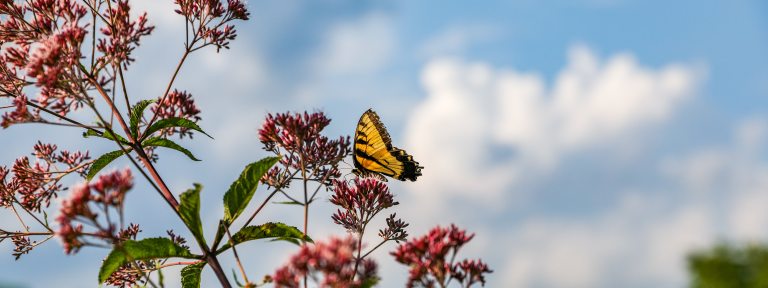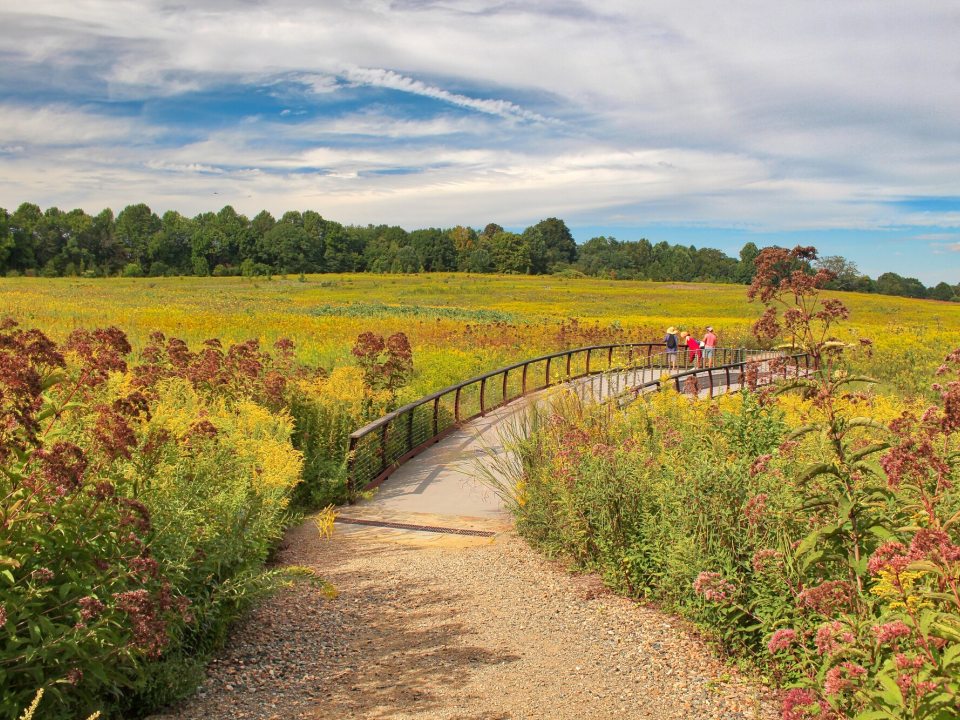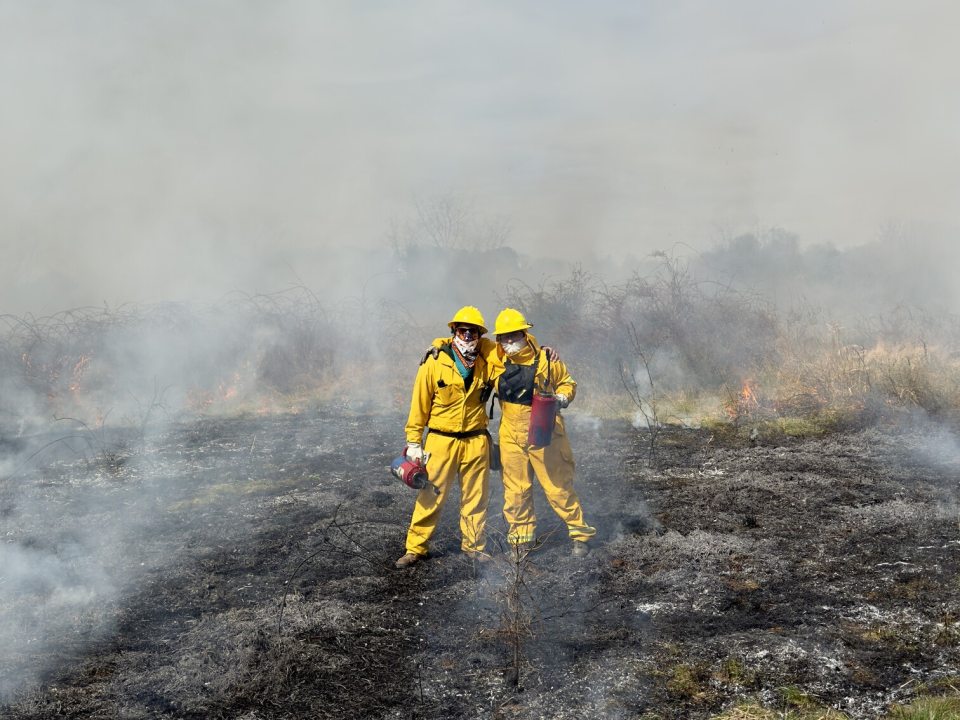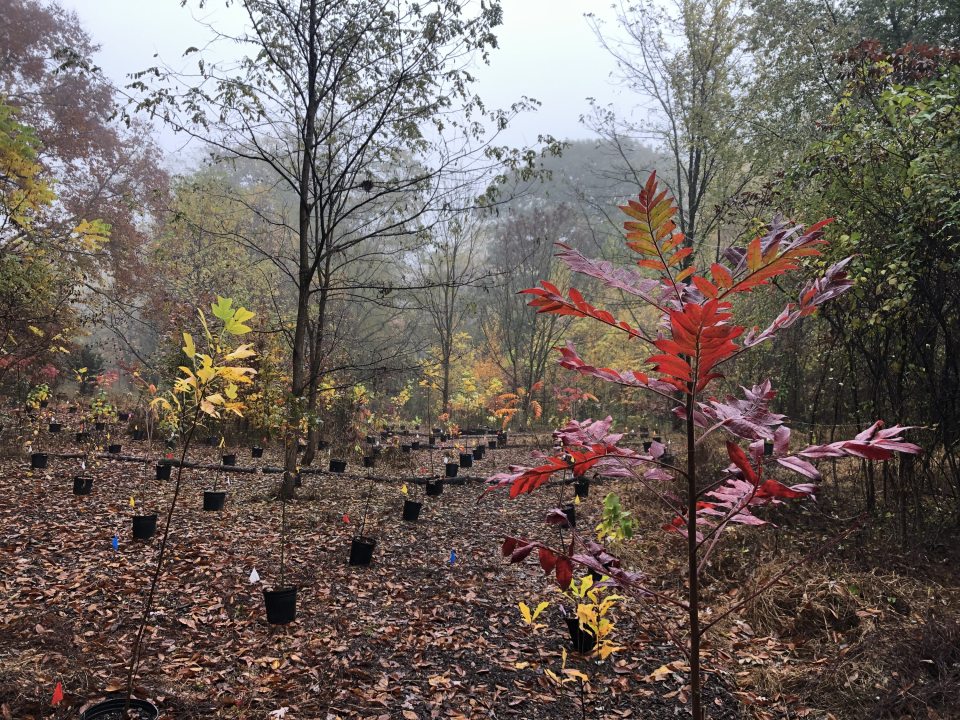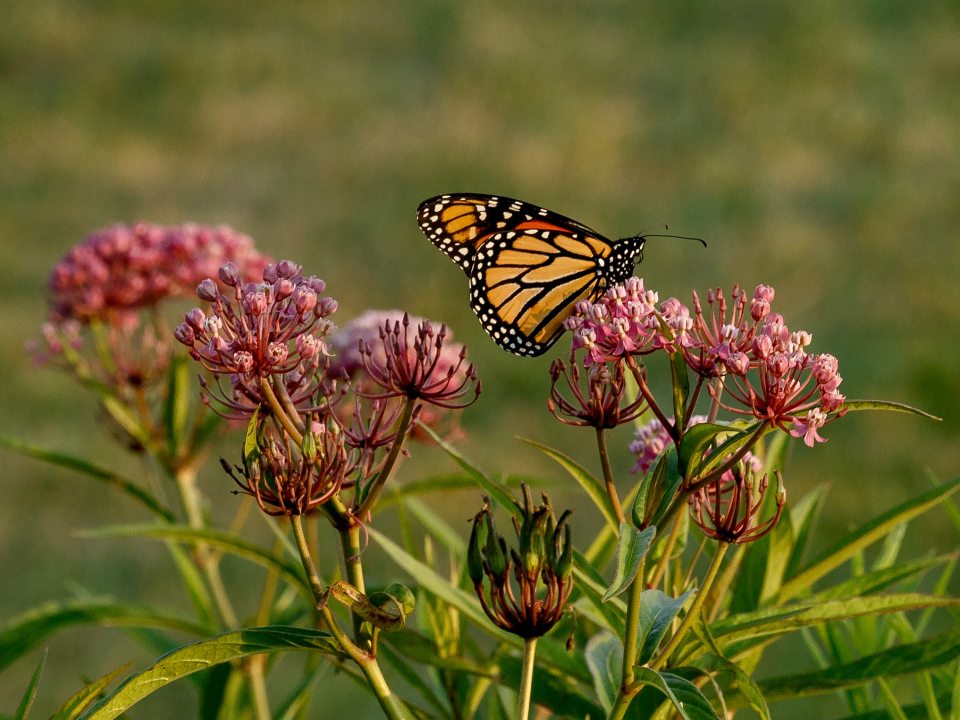At the heart of Longwood’s Stewardship Science program is a singular, vital question: How can our actions today preserve biodiversity for the future?
Our program brings together an integrated team of committed land stewardship practitioners and ecological research scientists to develop and test innovative solutions that help native biodiversity thrive in human-influenced landscapes.
Tracking the impact of our stewardship work is critical. We’ve developed an advanced mapping and data-collection system that monitors plantings and their care over time, guiding our management strategies with precision and spatial analysis. Our land stewards are at the forefront of co-developing and testing these tools, ensuring every effort is rooted in practical, data-driven insights.
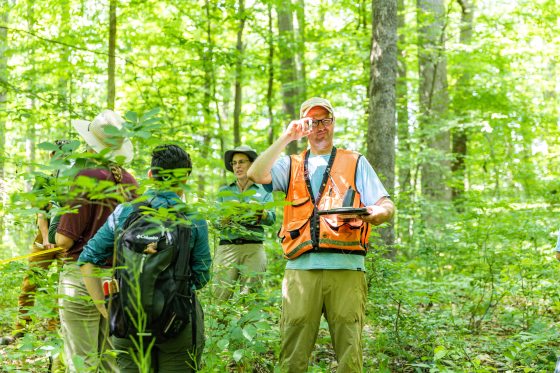
We harness collective efforts to innovate. By using plant life cycle timing for mapping, we've enabled volunteers to contribute meaningfully to our work. These partnerships empower us to identify issues swiftly and address them.
Addressing ecological challenges requires tackling some of the most complex problems facing our region. One such issue is Japanese stiltgrass, Microstegium vimineum, an invasive species that outcompetes native wildflowers. Our ongoing ten-year study compares methods of eradicating this plant while promoting native forest regeneration, offering actionable insights to others managing similar challenges.
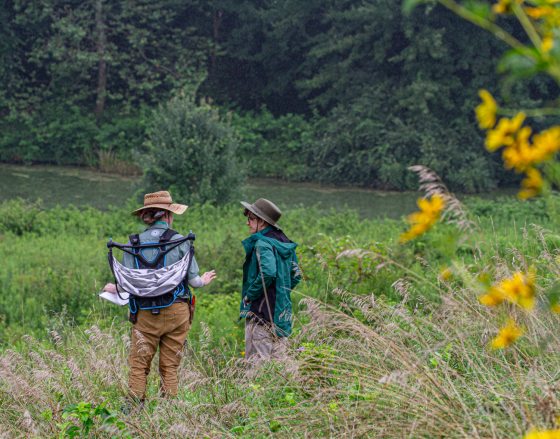
Our experimental approaches, rooted in the principles of scientific ecology, aim to improve restoration outcomes. By applying concepts from ecological succession theory and testing the use of waste materials to enrich forest soils, we aim to reduce maintenance while enhancing reforestation. Collaborating with experts across the US, we are creatively addressing the shortage of native seeds and advancing large-scale ecosystem health.
Our work is driven by a passion for science, innovation, and stewardship, ensuring a flourishing, biodiverse future.
Long-term Ecological Research
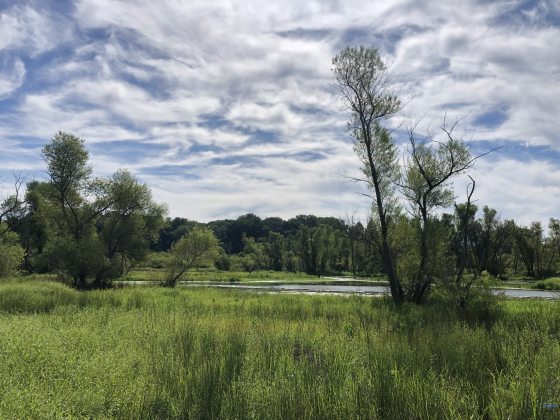
We conduct long-term research to understand the impact of our conservation and restoration efforts, as well as the effects of larger changes like extreme storms and rising temperatures.
Since the 1970s, skilled volunteers have documented Longwood’s diverse bird populations, and since 2013, they’ve tracked the bloom timing of our native meadow plants. In 2021, we launched an Ecological Baseline Study to track long-term environmental changes and the outcomes of our stewardship. Starting with a Plant Community Survey, we mapped over 200 plant communities and set up permanent plots to monitor changes in each community's composition and structure over time. These plant communities reflect the variety of the Mid-Atlantic Piedmont, ranging from mature forests and native meadows to former building sites and roadsides. We collaborate with the Pennsylvania Natural Heritage Program to align our restoration goals with similar natural communities.
In 2023, we began collecting baseline data on stream health, assessing physical, chemical, and biological indicators as we restore streamside forests. We’ll expand this work to include surveys of pollinators, mammals, reptiles, and amphibians, providing opportunities for further collaboration.
